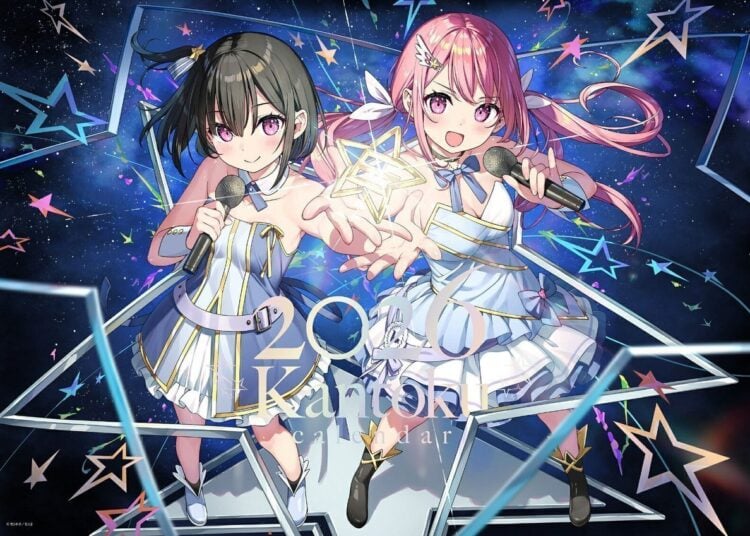There are so many worthwhile anime series for fans to enjoy each season it can be easy to miss one. I was flipping through the most recent issue of Newtype and came across the beautiful visual spread for the currently-airing Watashi no Shiawase na Kekkon, aka My Happy Marriage. I was bowled over by the beautiful character design. Let’s take a look at the anime together!
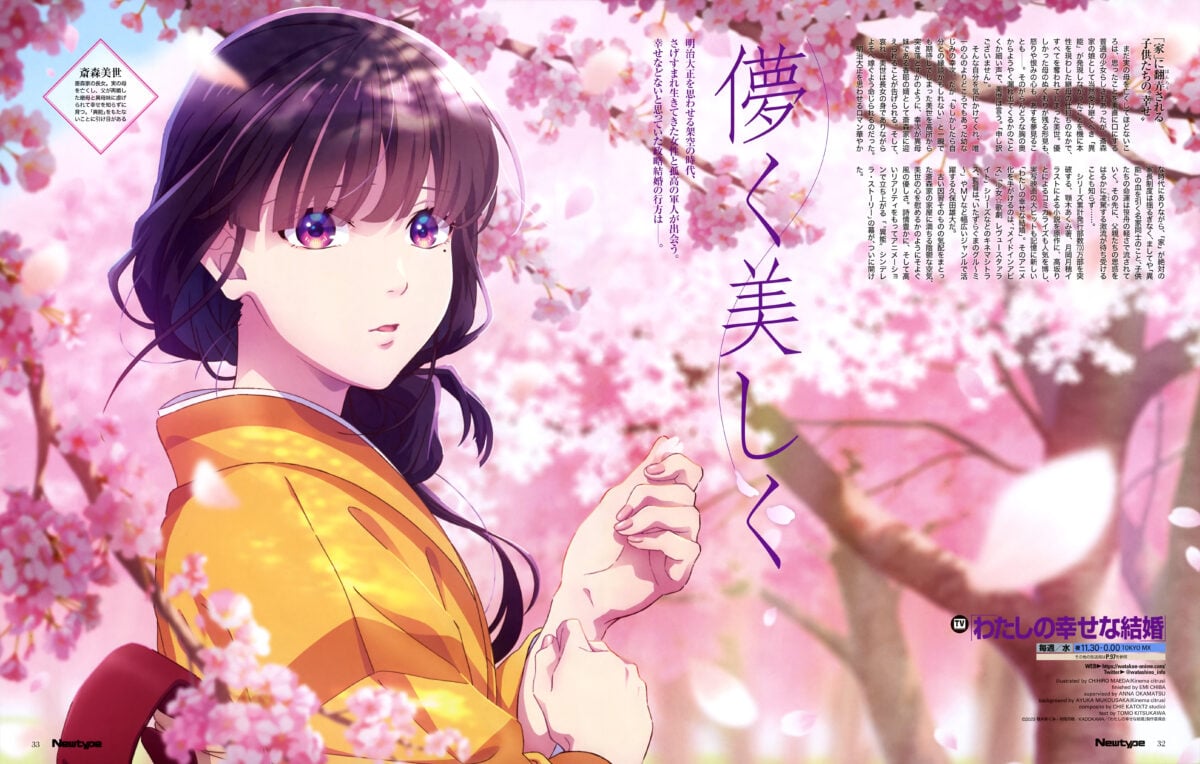
What’s the Story of My Happy Marriage?
In the Meiji Period (1868-1912), a woman named Miyo Saimori lives an unhappy life. She’s treated as a servant by her stepmother and teased by her half-sister Kaya because she was born without the esper powers expected of her noble family. Her one hope was to possibly marry Kouji, the second son of a nearby family. But, when he becomes Kaya’s fiancee instead, Miyo is heartbroken. The next thing she knows, Miyo is married off to a man named Kiyoka Kudou, a man reported to be so cruel that all his previous potential brides fled within three days.
With no home to return to, Miyo prepares herself for her new life with a monster of a husband…but is surprised to find he’s nothing of the kind. Although strict, Kiyoka is taken with his beautiful and naive new bride, as they start to open up to each other. Could it be possible for Miyo, who’s had such an unhappy life up til now, to find happiness after all? And what unseen forces will stand in the way of her happy marriage?
My Happy Marriage is based on a novel series that’s sold more than 7 million copies. It’s running on Netflix, and is basically the best thing that company has done for anime in a long time.
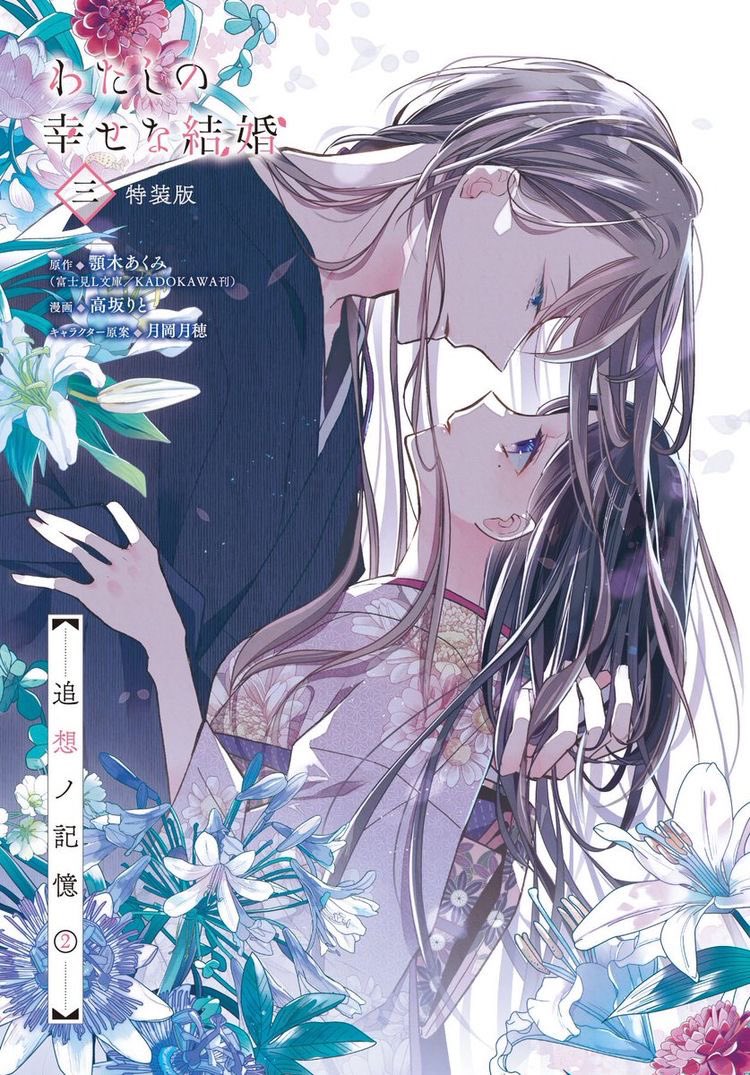
A Fresh Love Story Concept
There are four main sources for anime these days: original script ideas, manga by professional artists with many years of experience, novels by established writers, and stories that originated as web novels on the Shousetsuka ni Narou! (“Let’s Become a Novelist!”) website. While the explosion in Narou-kei stories originating from amateur writers has given us some amazing anime, from Mushoku Tensei to Re:Zero to Konosuba, it’s also true that all the generic crap isekai anime with rambling stories, poor structure and generic characters nearly always started as web novels.
But since I’m often giving grief to the Narou-kei genre, I should be fair to My Happy Marriage and give it a solid thumbs up. Akumi Agitogi has really made an interesting story for all the world to enjoy.
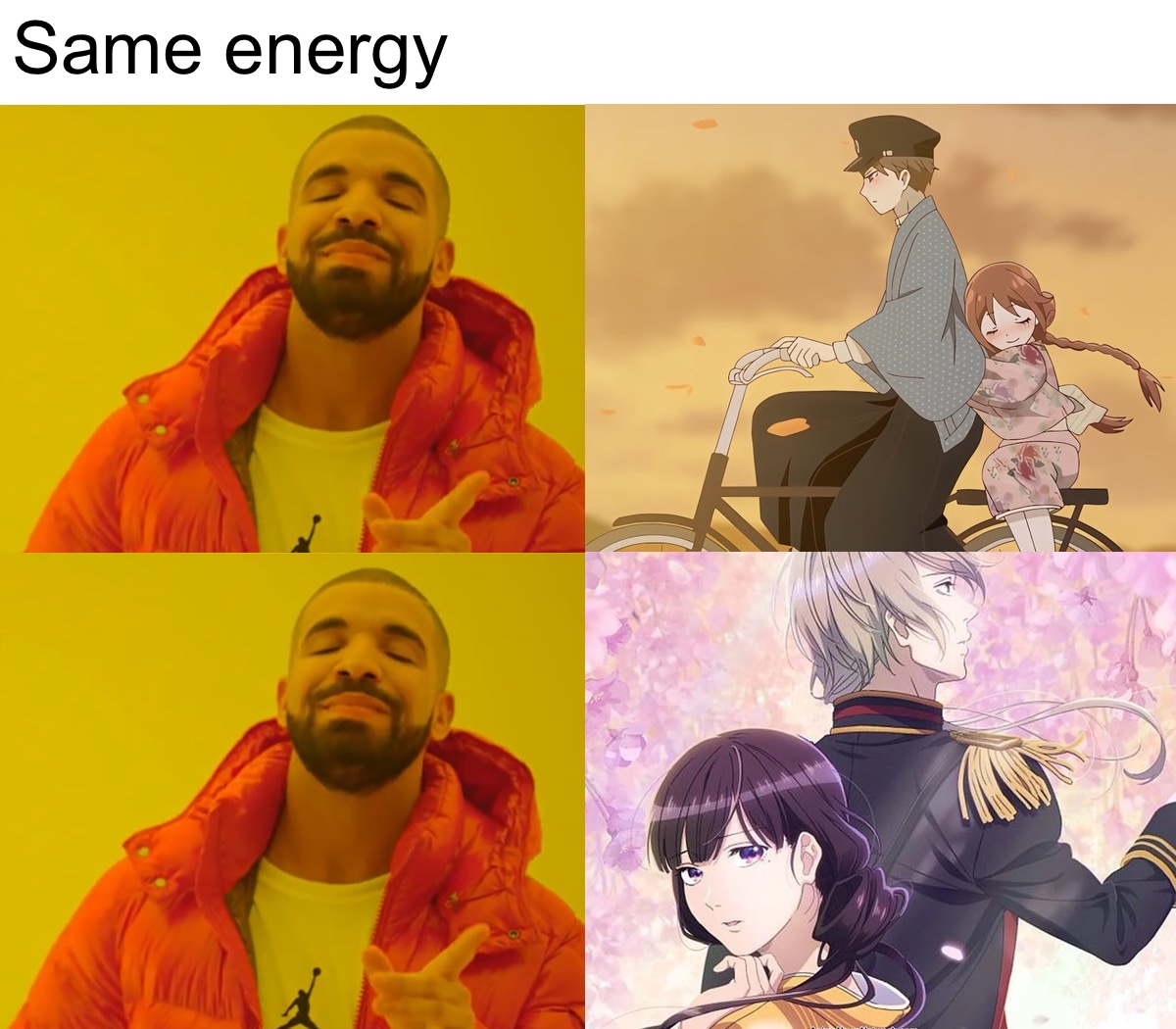
What’s the Target Audience for My Happy Marriage?
It’s interesting to note that this show has almost the exact same story as another anime I loved, Taisho Otome Fairy Tale. That was the story of Tamahiko, a depressed young man from a wealthy family. He finds happiness when his father buys a caretaker and bride named Yuzu from a poor family for 10,000 yen. To his surprise, Yuzu’s cheerful personality is so charming that his depression is lifted, and the two of them start to plan a happy life together.
Despite having a nearly identical story as My Happy Marriage, Taisho Otome Fairy Tale is in a totally different genre. Since it focuses on how happy Tamahiko is thanks to his super-genki young bride, Taisho Otome Fairy Tale is solidly in the male escapist fantasy zone. By contrast, this anime is aimed at fans of more traditional shoujo stories and women who would secretly love to be married to a handsome manly man like Kiyoka.
The Language of My Happy Marriage
There’s a lot of language used in the anime that would be hard to express in English. These include:
- Danna-sama. This is an extremely polite word for husband. We also heard this term used in the outstanding Vinland Saga when slaves Thorfinn and Einar referred to their master Ketil. In the Japanese version of Lord of the Rings, which I don’t recommend anyone try to read, Samwise uses this term when addressing Frodo.
- Okata. The word for “person” is hito, and the polite way to refer to a person is kata. Adding o to the front makes it even more ridiculously polite.
- Omae. The second-person pronoun used by alpha males has a connotation that “you belong to me.” While some Japanese females who have studied abroad might bristle at a man implying she was his property, a lot of women would love to be dominated by a man like this.
What can we learn about Japanese culture from anime? Read this blog post!
If you watch the show, please, please watch it in Japanese with subtitles, so you can open yourself to the beautiful language.
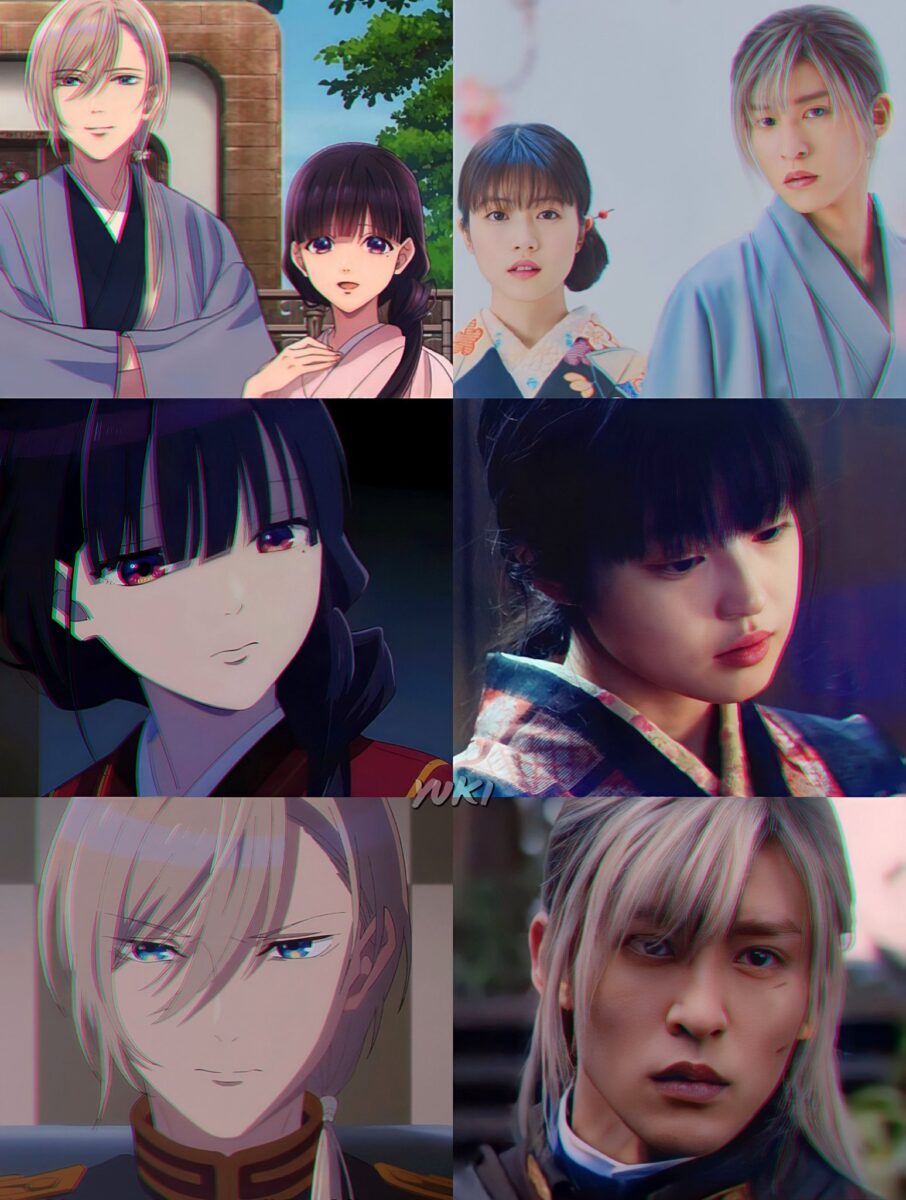
There’s a Live-Action Version, Too
In what appears to be an ongoing trend, there’s also a live-action film version of Watashi no Shiawase na Kekkon. While most J-List followers will probably like the anime version more, it is kind of nice to see the late 19th-century setting and costumes.
Thanks for reading this blog post about the current My Happy Wedding anime. What do you think of the show? Tell us in the comments below! Also, please follow J-List on these platforms, too!
- Twitter, where Peter posts anime booba for you
- Facebook, where we share memes and discuss anime
- Instagram, for fans who want to keep up with J-List products in your Insta timeline
- Discord, if you want to chat with other J-List customers of culture
- Finally, check out J-List’s new short video blogs on YouTube or TikTok!
 We’ve got great news for you: DHL has lowered its shipping rates, removing its emergency fuel surcharge now that fuel prices have come down. Today is a great day to make an order from J-List. Start browsing now!
We’ve got great news for you: DHL has lowered its shipping rates, removing its emergency fuel surcharge now that fuel prices have come down. Today is a great day to make an order from J-List. Start browsing now!



